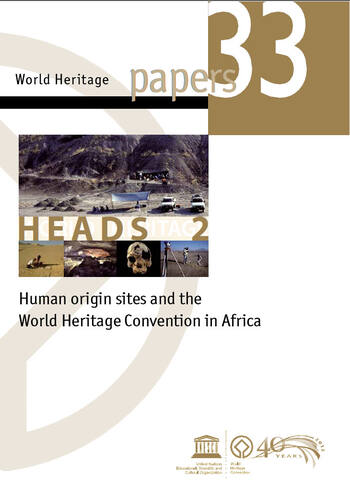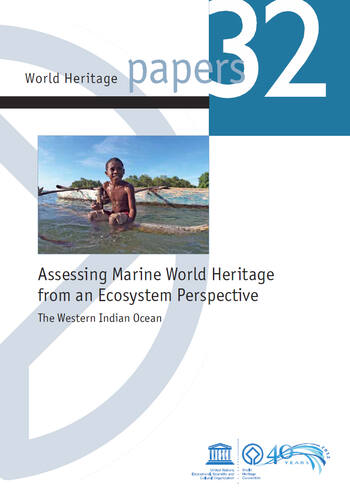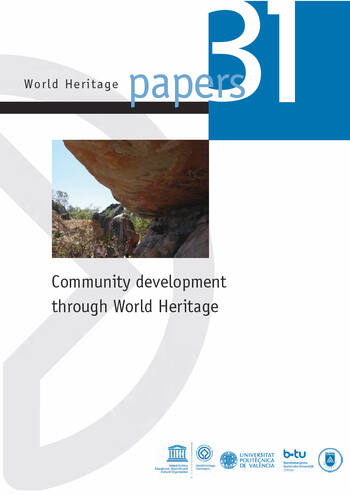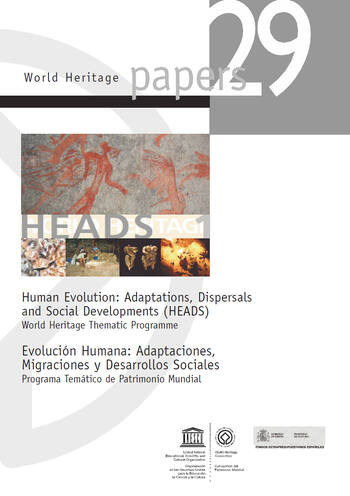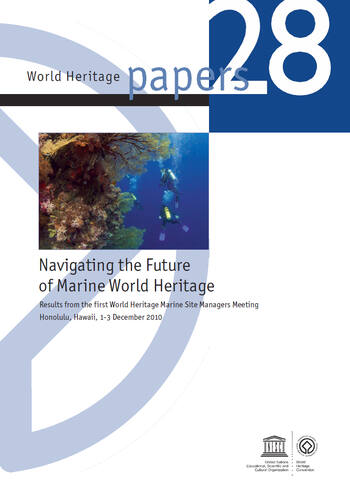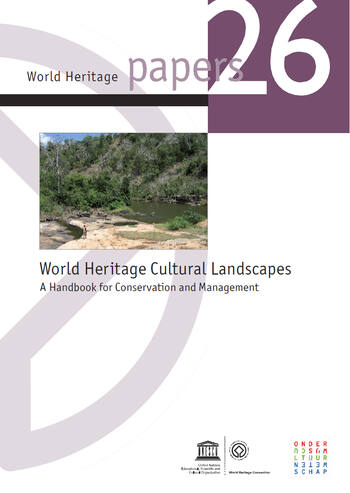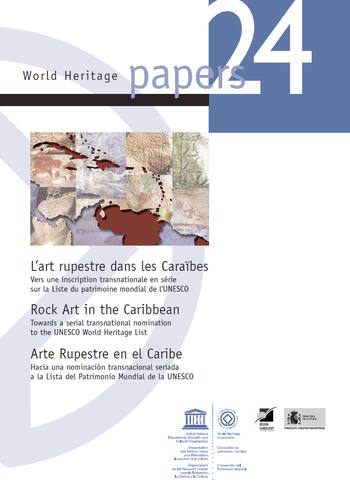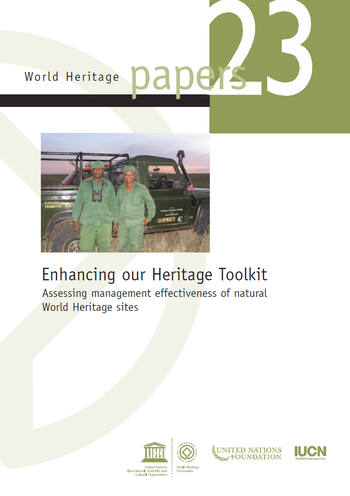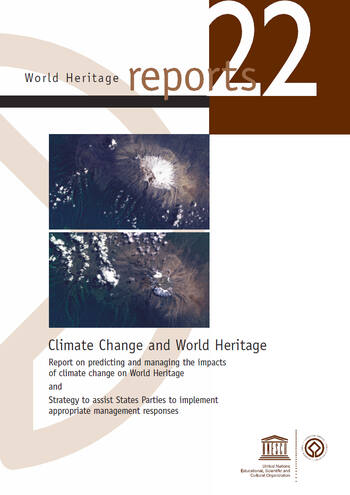Series
Launched in 2002 in an effort to publish a series on various World Heritage subjects, the series will include: papers related to World Heritage issues; reports from seminars, workshops and meetings; and manuals aimed at facilitating the implementation of the World Heritage Convention for its various actors. This series is targeted mainly at World Heritage experts, national and local authorities and site managers.
n°33 - December 2012
HEADS 2: Human Origin Sites and the World Heritage Convention in Africa
In this, the first in a series of geographically themed examinations of Human Evolution sites in the context of the HEADS (Human Evolution: Adaptations, ...
n°32 - July 2012
Assessing Marine World Heritage from an Ecosystem Perspective
Contrary to the traditional country-by-country approach, marine World Heritage requires reflection of marine features at larger scales meaningful from an ...
n°31 - May 2012
Community development through World Heritage
Community Development through World Heritage is a direct outcome of the international student exchange programme Sharing Our Heritages, which was sponsored by the Australian Government ...
n°30 - November 2011
Adapting to change: the state of conservation of World Heritage forests in 2011
Beyond providing an overview of the state of conservation of World Heritage forests in general, this publication attempts to provide some welcome thoughts ...
n°29 - July 2011
Human Evolution: Adaptations, Dispersals and Social Developments (HEADS)
Human evolution-related properties represent a process of evolutionaryaccretion that took place over a vastperiod of time, offering vital insight ...
n°28 - June 2011
Navigating the Future of Marine World Heritage
Since the early 1980s, forty-three marine sites have been inscribed on the World Heritage List, covering about 1.4 million km2 of ocean surface – an area about the size of ...
n°27 - November 2010
Managing Historic Cities
With over 250 properties inscribed on the World Heritage List, cities are one of the most abundant and diverse categories of heritage. This quantity and diversity add to the dynamics of urban heritage conservation, where ...
n°26 - March 2010
Cultural Landscapes
Cultural landscapes are those where human interaction with natural systems has, over a long period, formed a distinctive landscape. These interactions arise from, and cause, cultural values to develop. Managing these values, ...
n°25 - April 2009
World Heritage and Buffer Zones
Buffer zones are an important tool for conservation of properties inscribed on the World Heritage List. All along the history of implementation of the World Heritage Convention, the ...
n°24 - June 2008
Rock Art in the Caribbean
The purpose of this publication is to report the results of the meeting organized by the World Heritage Centre and the Regional Council of Guadeloupe in May 2006 on the possibility of submitting a transnational serial ...
n°23 - May 2008
Enhancing our Heritage Toolkit, Assessing management effectiveness of natural
The Enhancing Our Heritage Toolkit is the labour of over seven years of site-based ‘learning by doing’efforts and represents an important cooperation of ...
n°22 - May 2007
Climate Change and World Heritage
The 1972 UNESCO World Heritage Convention is the principal instrument for identifying and protecting, for the benefit of current and future generations, the outstanding natural and ...
